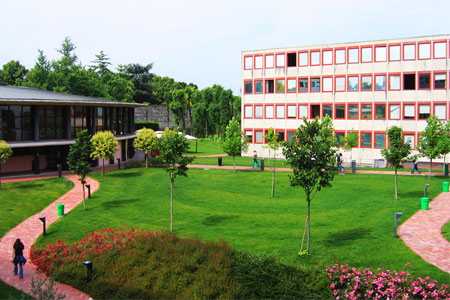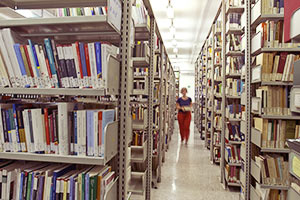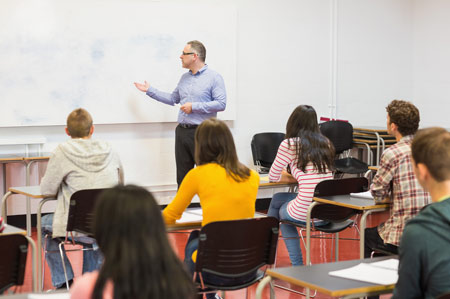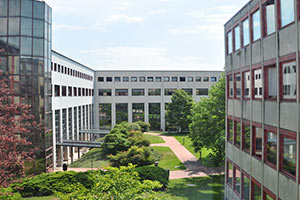The first part of the course will be devoted to the Italian novella tradition in its diachronic evolution. Students will be taught the main characteristics of the genre, focusing on seminal authors who wrote during a period ranging from the fourteenth to the late sixteenth centuries (Boccaccio, Masuccio Salernitano, Straparola, Bandello, Giraldi Cinzio).
The second part of the course will deal with the dissemination of the Italian novellas in the European context. The analysis will focus on English rewritings and translations of the Italian novellas during the second half of the 16th century. Meaningful texts and novellas will be analysed in order to shed light on the influence of the Italian novella tradition on Elizabethan prose fiction (William Painter, Geoffrey Fenton) and dramatic production (William Shakespeare).
At the end of the course, students will reach a thorough awareness of the origins and the development of the Italian novella during the Middle Ages and the Renaissance; they will also be able to establish meaningful relationships between the Italian and the European novella traditions, focusing in particular on Elizabethan literature (1558-1603) and French translations as mediators between Italy and England.
_____
TEACHING METHODS
Taught classes on the theory of the novella. Analysis and interpretation of meaningful Italian novellas and their English rewritings and translations.
The e-learning platform will be used to provide students with further teaching material.
Weekly office hours will be arranged throughout the academic year (2018/2019), as shown on the professor’s web page.
_____
BIBLIOGRAPHY
Bibliography for ATTENDING students:
1) E. Menetti, "La realtà come invenzione. Forme e storia della novella", Milano, FrancoAngeli, 2015
2) S. Carapezza, "Novelle e novellieri. Forme della narrazione breve nel Cinquecento", Milano, LED, 2011: from chap. 1 to chap. 4 (included).
3) R. Kirkpatrick, "English and Italian Literature from Dante to Shakespeare. A Study of Source, Analogue and Divergence", London-New York, Longman, 1995: only chapters 1, 2, 6, 8.
4) P. Salzman, “Placing Tudor Fiction”, in «The Yearbook of English Studies», 38, 1/2, 2008, pp. 136-149.
Further bibliographical material, which must be studied for the final examination, will be given during classes and loaded into the e-learning platform.
IN THE SECTION "COURSE NEWS" STUDENTS FIND A DETAILED LIST OF THE NOVELLAS ANALYSED DURING THE COURSE THAT MUST BE STUDIED FOR THE FINAL EXAM BY BOTH ATTENDING AND NON-ATTENDING STUDENT. These texts are all available on the e-learning platform.
NON-ATTENDING student must study BOTH the aforementioned bibliography AND the following texts:
1) M. Guglielminetti, "La cornice e il furto. Studi sulla novella del ’500", Bologna, Zanichelli, 1984: only part 1 ("La cornice").
2) V. Branca, "Introduzione", in G. Boccaccio, "Decameron", a cura di V. Branca, in "Tutte le opere di Giovanni Boccaccio", vol. IV, Milano, Mondadori, 1976, pp. XIII-XXXVIII.
3) S. Villari, "Introduzione", in Giovan Battista Giraldi Cinzio, "Gli ecatommiti", a cura di Susanna Villari, Roma, Salerno, 2012, pp. IX-LXXXVI.
4) A. Shinn, "Managing Copiousness for Pleasure and Profit: William Painter’s Palace of Pleasure", in «Renaissance Studies», 28, 2, 2014, pp. 205-224.
5) M. Wyatt, "The Italian Encounter with Tudor England. A Cultural Politics of Translation", New York, Cambridge University Press, 2005: ONLY chap. 4.







